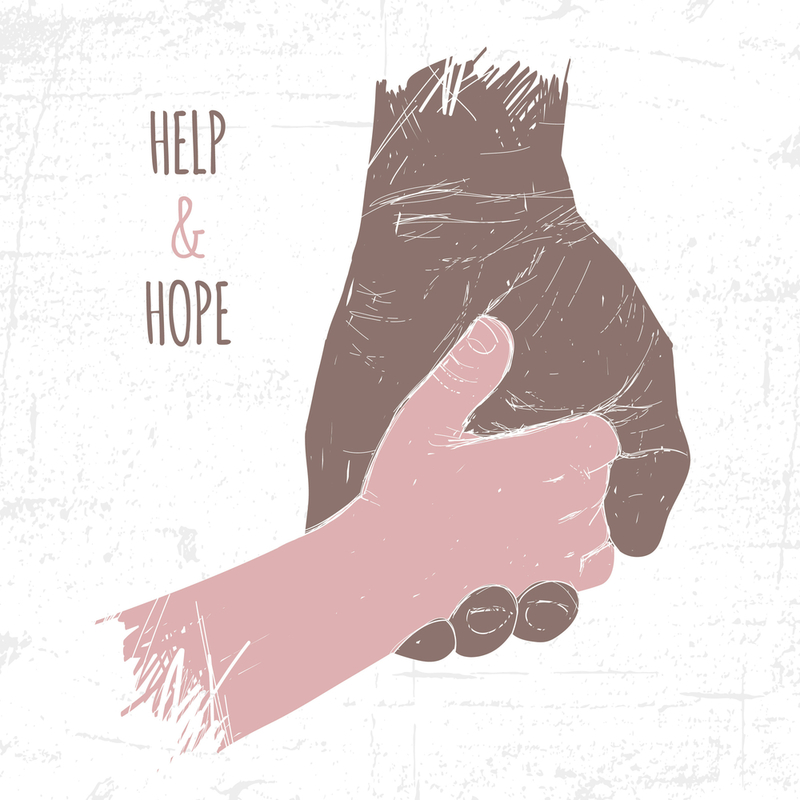Leprosy: world focused on ending transmission among children
UNI Jan 27, 2018
The World Health Organization (WHO) says national programmes should boost active case-finding, strengthen surveillance, improve contact-tracing and focus more on early detection of leprosy cases among children to ensure achievement of the global target of zero child infection by 2020.

The call comes as the world observes World Leprosy Day tomorrow (annually, on the last Sunday of January) to mark the suffering of people affected by this preventable and curable disease that has eluded defeat. Leprosy was globally declared to have been “eliminated as a public health problem” 18 years ago.
“It is a harsh reality that nine out of every 100 new cases diagnosed today are children,” said Dr. Erwin Cooreman, Team Leader of WHO’s Global Leprosy Programme. “The world has the tools, the right medicines and the political will – yet we are falling short of detecting the disease in time, particularly among children,” Dr. Cooreman said
Some of the children who have recently been diagnosed already showed signs of disability. This strongly calls for early case detection and surveillance. “Leprosy in children clearly shows that transmission of the infection is occurring in many communities and that detection efforts are inadequate,” added Dr Cooreman. “We again re-emphasize the importance of periodic follow-up, contact tracing and monitoring of everyone in a household where a case is detected.”
Leprosy is caused by infection with the bacillus Mycobacterium leprae, which multiplies very slowly in the human body. The bacterium has a long incubation period (on average five years or longer). The disease affects nerve endings and destroys the body’s ability to feel pain and injury. M. leprae multiplies slowly and the incubation period of the disease, on average, is 5 years. In some cases, symptoms may occur within 1 year but can also take as long as 20 years to occur.
The disease mainly affects the skin, the peripheral nerves, mucosa of the upper respiratory tract, and also the eyes.
Leprosy is transmitted via droplets, from the nose and mouth, during close and frequent contacts with untreated cases.
Untreated, leprosy can cause progressive and permanent damage to the skin, nerves, limbs, and eyes.
-
Exclusive Write-ups & Webinars by KOLs
-
Daily Quiz by specialty
-
Paid Market Research Surveys
-
Case discussions, News & Journals' summaries